Aluminum Alloy Casting: Differentiating Die Casting and Gravity Casting
Author: SAIVS Date Published: Feb 24,2025
aluminum alloys, prized for their versatility, lightweight nature, and corrosion resistance, play a pivotal role in modern manufacturing,
particularly in automotive, aerospace, and maritime industries. As China's manufacturing sector expands,
the demand for high-quality aluminum alloy castings is surging, driving advancements in casting technologies.
Two primary methods, Die Casting (high-pressure) and gravity casting, cater to diverse manufacturing needs, each with distinct characteristics and applications.
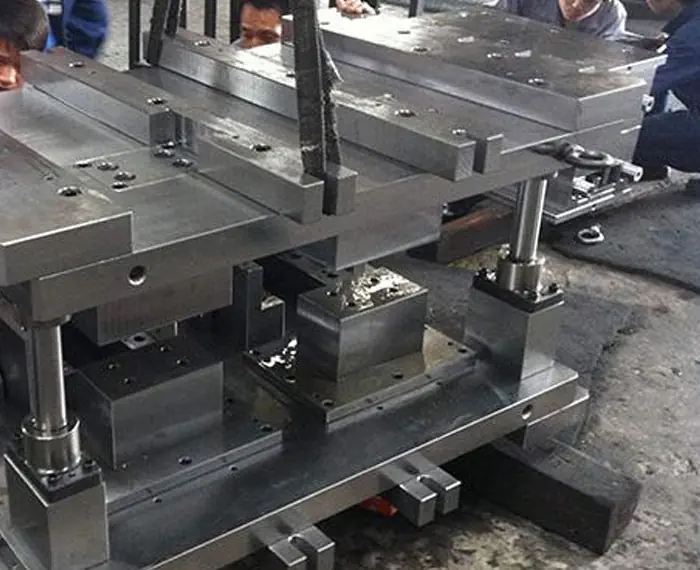
Die casting, a form of high-pressure casting, involves injecting molten aluminum into a mold cavity at high velocity under intense pressure.
This process yields castings with exceptional surface finishes, often achieving Ra6.3 or better, and high dimensional accuracy.
Die-cast components exhibit high airtightness, strength, and surface hardness, making them suitable for intricate and precise applications.
However, die casting's inherent characteristics, such as low elongation and the potential for internal porosity, limit its applicability for thicker-walled parts.
Furthermore, the high cost of molds and their relatively short lifespan are factors to consider.
Nevertheless, the high production efficiency and ability to produce thin-walled parts with minimal machining allowances make die casting a preferred method for mass production.
Conversely, gravity casting relies on the force of gravity to fill the mold cavity with molten aluminum.
This method encompasses various techniques, including Sand Casting, metal mold (steel mold) casting, and lost foam casting,
with metal mold casting being the most prevalent. Gravity casting typically involves manual pouring, followed by controlled cooling and mold opening.
Castings produced through this method generally have a lower surface finish compared to die-cast parts, and may require shot blasting to enhance surface quality.
However, gravity casting offers advantages such as fewer internal pores, allowing for heat treatment to improve mechanical properties.
The molds used in gravity casting are more cost-effective and have a longer lifespan, making it suitable for lower production volumes and larger parts.
While the process is relatively simple, it is less efficient and not ideal for thin-walled components.
The selection between die casting and gravity casting hinges on the specific requirements of the product. Wall thickness is a critical factor.
For components with wall thicknesses exceeding 8mm, gravity casting is generally preferred due to its ability to minimize internal porosity.
Die casting, on the other hand, excels in producing thin-walled, high-precision parts at high volumes.
In essence, die casting offers speed, precision, and high-volume production capabilities, while gravity casting provides flexibility, cost-effectiveness,
and suitability for larger, thicker-walled components.
Understanding these distinctions is crucial for optimizing manufacturing processes and achieving desired product outcomes.
Why Choose SAIVS™ as Your Supplier?
1.Superb Quality Control Management
At SAIVS, we take pride in our perfect quality management systems and procedures, which guarantees the excellent performance of all our producs, being a professional Investment Casting | Die Casting| Sand Castingmanufacturer in China.
2.Rich Production Experience
With 20 years of experience in production, SAIVS has a deep understanding of the market and trends, and strives for continuous research and innovation. This has created advantages in both the product's performance and appearance.
3.Competitive Prices
As a Chinese factory committed to becoming the most cost-effective Investment Casting | Die Casting| Sand Castingexporter in China, SAIVS provides high-quality products at advantageous prices. By lowering costs and increasing efficiency, we ensure that our customers receive the best possible value for their investment.
4.Perfect After-sales Service
At SAIVS, we strive to provide superior customer service that meets and exceeds expectations. We are always available for any questions or concerns you may have, and we stand by our commitment to providing excellent after-sales support.
Related Posts
-

6 Effective Strategies to Stop Rust in its Tracks
Learn how to prevent rust with smart choices & clever tricks. From steel secrets to coatings & care, keep your projects strong & beautiful. Start ru...
-

Automatic Deburring Technology in Die Casting: Improving Efficiency and Product Quality
Introduction to Automatic Deburring in Die CastingDie casting is a high-efficiency metal forming process widely used for aluminum alloy parts in automotive
-
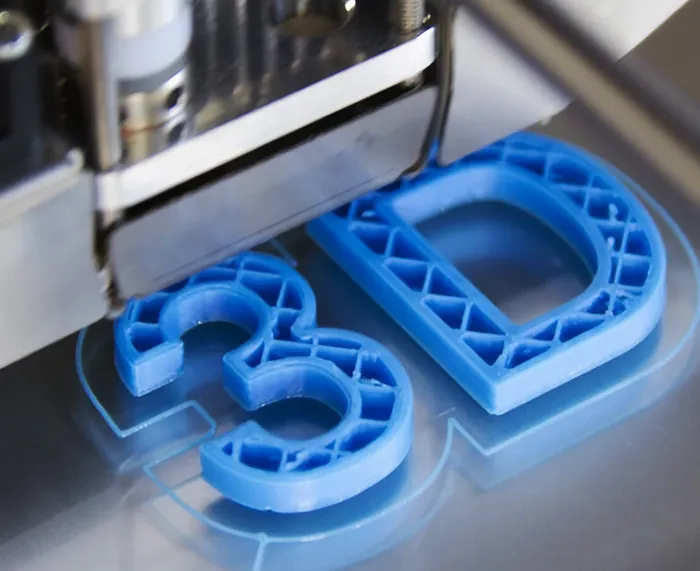
Methods for Assessing 3D Printing Accuracy
Ensure your 3D prints meet specifications! Explore various methods for measuring dimensional accuracy, including 3D scanners, calipers, and micrometers.
-
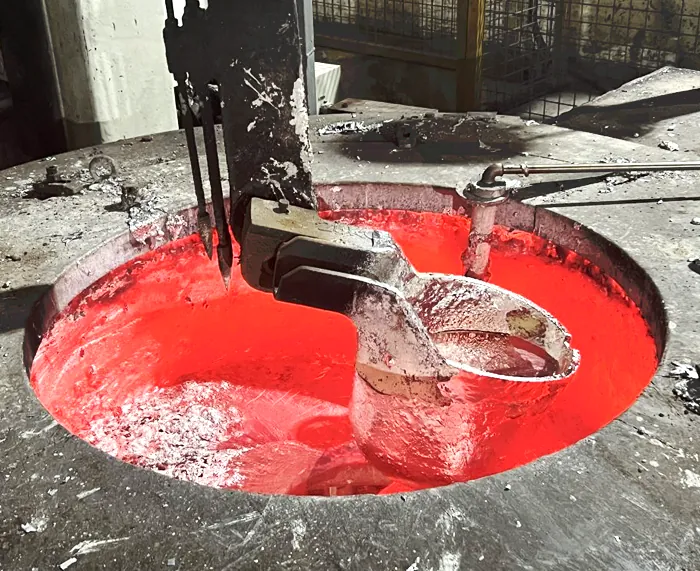
Porosity Issues in Aluminum Die Castings: Formation, Types, Effects, and Solutions
This article aims to provide a comprehensive overview of porosity issues in aluminum die castings.
-
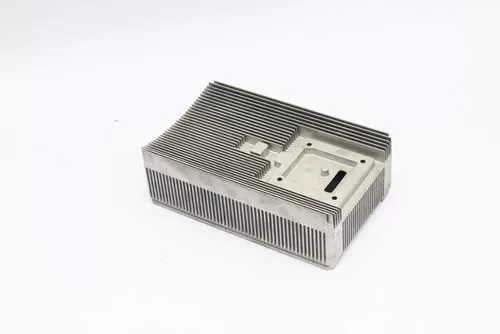
Die Casting Die for Automotive
I hope it will be helpful to you for the manufacturing process and technical requirements of automobile die casting dies.Automotive industry is one of the most ...
-
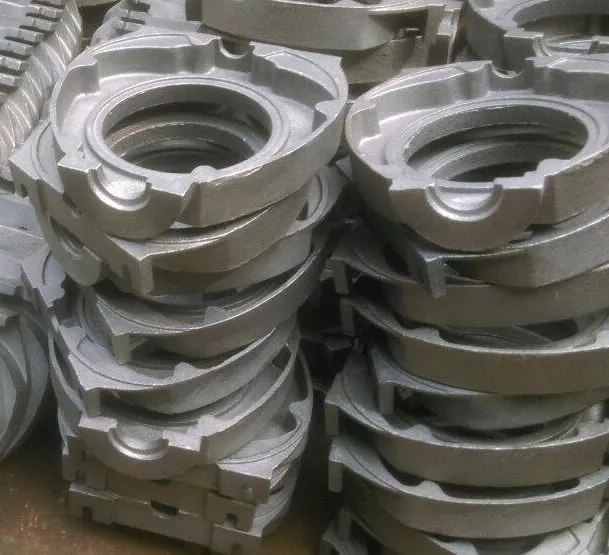
High-quality Heat Resistant Steel Casting from China Manufacturer
Heat resistant steel casting refers to a type of casting that can withstand high temperatures, making it ideal for use in environments where extreme heat is pre...

